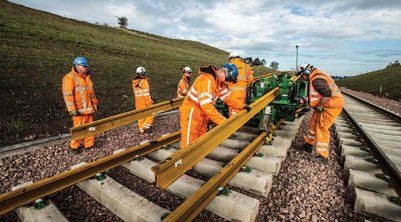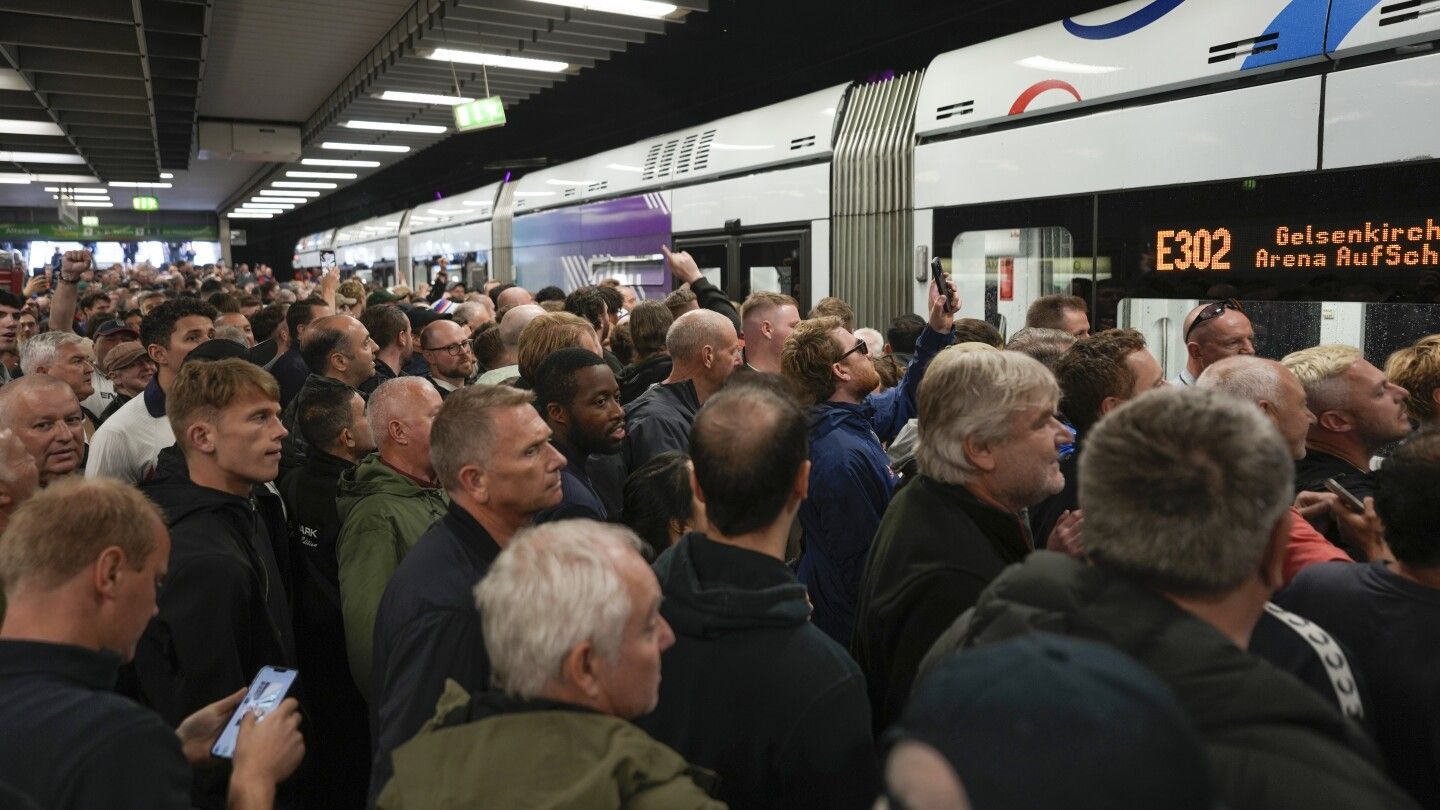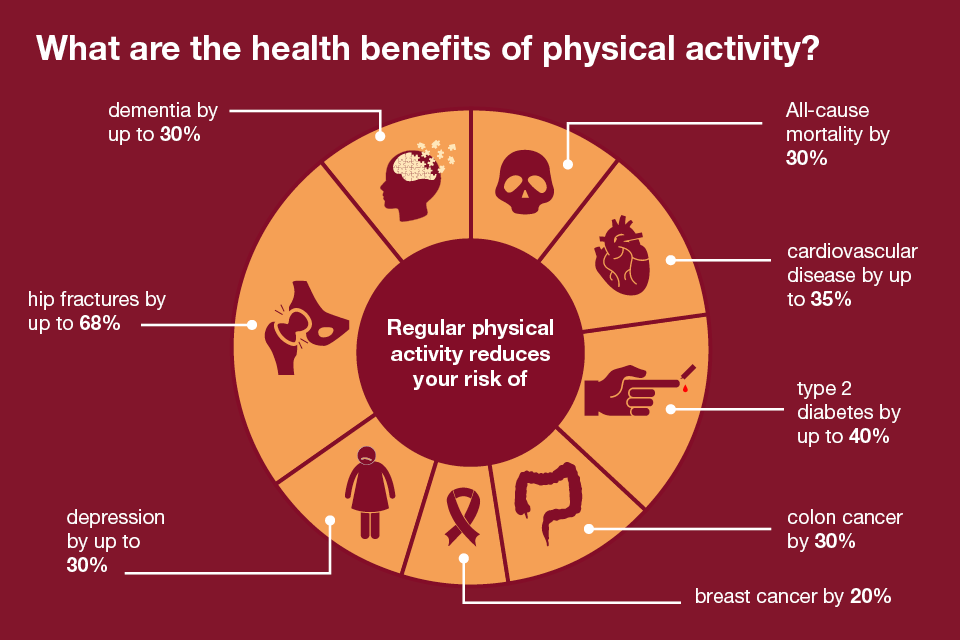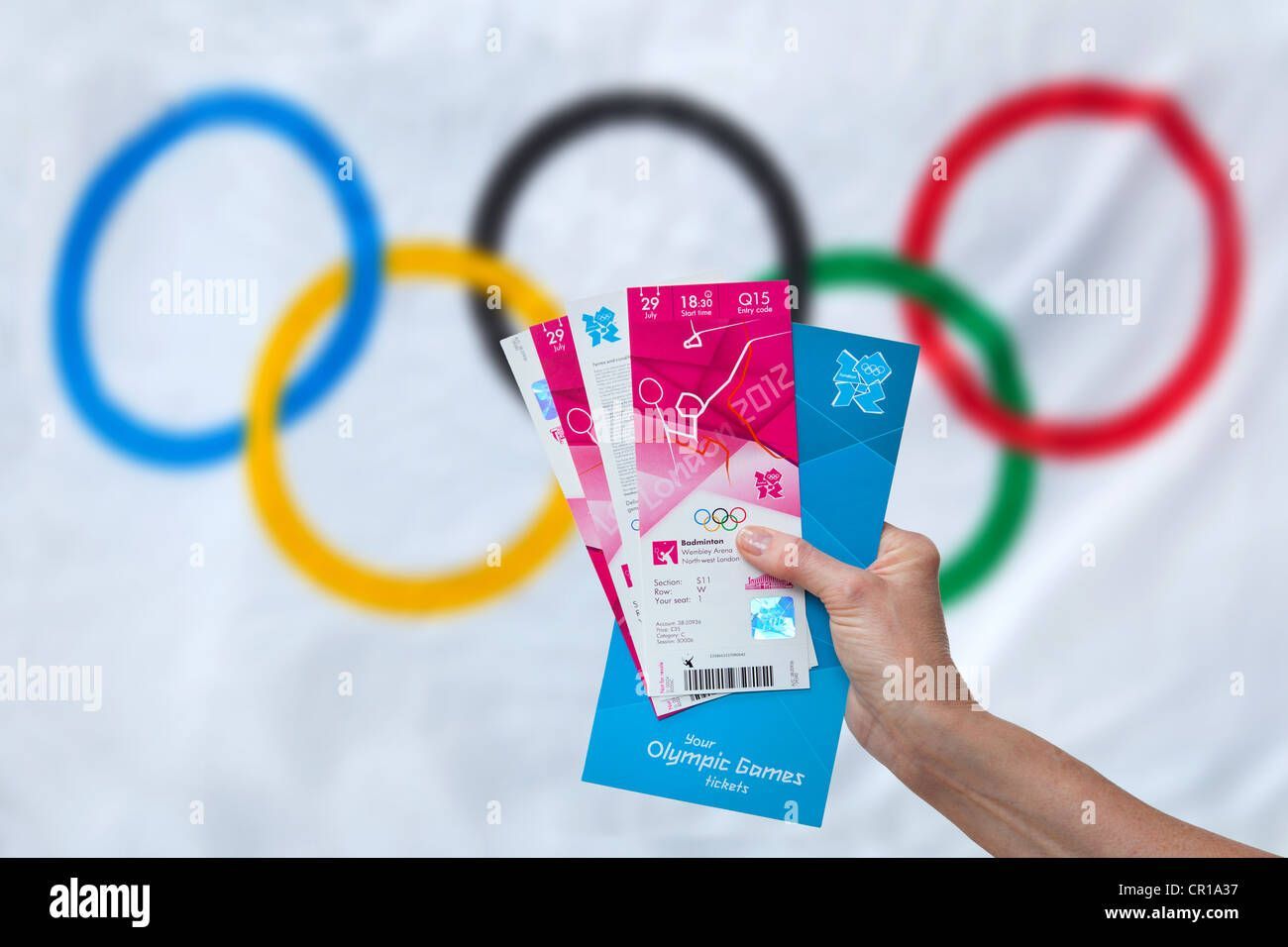Large scale construction projects always lead to transport disruption or do they.........

In recent years travel behaviours during major sports events have been influenced using travel demand management (TDM) techniques. What potential is there for TDM to work in other contexts?
Travel Demand Management (TDM) has now been successfully deployed at the most recent major international sporting events in the UK - the London 2012 Olympic and Paralympic Games and the Glasgow 2014 Commonwealth Games. It is also being actively pursued for the England Rugby Word Cup 2015 and the Gold Coast 2018 Commonwealth Games.
It is now widely accepted that TDM is an integral part of ensuring that a transport system continues to operate well during a major event. It is also the case that many cities are now seeing the value of deploying TDM interventions to help overcome the disruption associated with construction of major transport infrastructure projects.
The principles of disruption mitigation based TDM
The key principles of TDM in a major sports event context are to twofold. Frist to encourage existing users to adjust their travel behaviours so as to create additional capacity on those parts of the network required by event goers and second to ensure event goers understand how best to get to their event. In the case of existing users the overall message is straight forward – either re-route, revise mode, retime or reduce your travel and supporting information and advice is provided to enable that to happen.
The principles of TDM for disruption mitigation are similar but not the same. Identify existing users that could be affected by the disruption and identify those for whom there is some flexibility in their journey. Work with this group to encourage them to consider alternative modes, routes or times of travel or indeed if they need to travel at all and provide them with the detailed information and advice in order for that to happen. In doing so the demand for travel is spread to those parts of the network that can accommodate it and so reduce the impact on those whose journeys are less flexible. The overall impact being a city that continues to function and a construction project that continues unfettered.
Case Studies: TDM Disruption Mitigation for Ottawa and London
TDM for the City of Ottawa
In 2008 our consultants led some work for City of Ottawa in connection with the proposed LRT scheme for the City. The road closures associated with the four year construction phase were expected to result in considerable disruption on the City roads affected both highway and transit users. There was local concern that this in turn could lead to an undue impact on businesses, colleges and hospitals across the City.
The work our consultants led resulted in a Travel Choices Strategy for the City that incorporated both a TDM Plan and a Communications and Outreach Plan. The strategy was developed with a view to be integrated with existing TDM activities and with the intention of providing legacy once the LRT was operational. Development of the strategy included a considerable research and stakeholder engagement phase and analysis of travel preferences to inform geographically targeted initiatives, and a cost-effectiveness analysis of TDM measures.
The final programme included improved transit information, an online journey planner, workplace and campus engagement programs, and personalised travel planning for households in most impacted areas. Also included was a detailed communications plan incorporating key audience messaging, outreach tools, tactics and media management.
The LRT (known as the Confederation Line) is now under construction. The outcomes of the complementary TDM programme are awaited with interest.
Travel Demand Management for London
The TDM programme that was delivered during the London 2012 Olympic and Paralympic Games resulted in an unprecedented 35% of Londoners changing their travel behaviours with over 10% of them continuing their new behaviour after the event. Our consultants led the majority of the work covered by that programme including all of the TDM marketing communications, the development and mobilisation of the business engagement strategy and the overall co-ordination of TDM for non-London venues.
Immediately following the London 2012 Games and in recognition of the role that TDM measures have to play in the City, Transport for London introduced a new team within its operations. This team was dedicated solely to the development and delivery of TDM solutions not only for future events but also in connection with major transport infrastructure programmes.
In 2013 and 2014 London successfully hosted a number of major on-road cycling races each of which had associated with it a package of TDM mitigation measures to help overcome the associated disruption arising from road closures. During 2014 Transport for London’s TDM team working closely with the rail industry has been developing and implementing TDM mitigation measures alongside the construction work for the multi-million pound reconfiguration of London Bridge, one of the City’s largest mainline stations. In addition to direct engagement with local employers to understand how they can adjust their operation and that of their staff and visitors to minimise impacts there has been considerable emphasis placed on local marketing communication activities to reach rail users across a wide area.
















